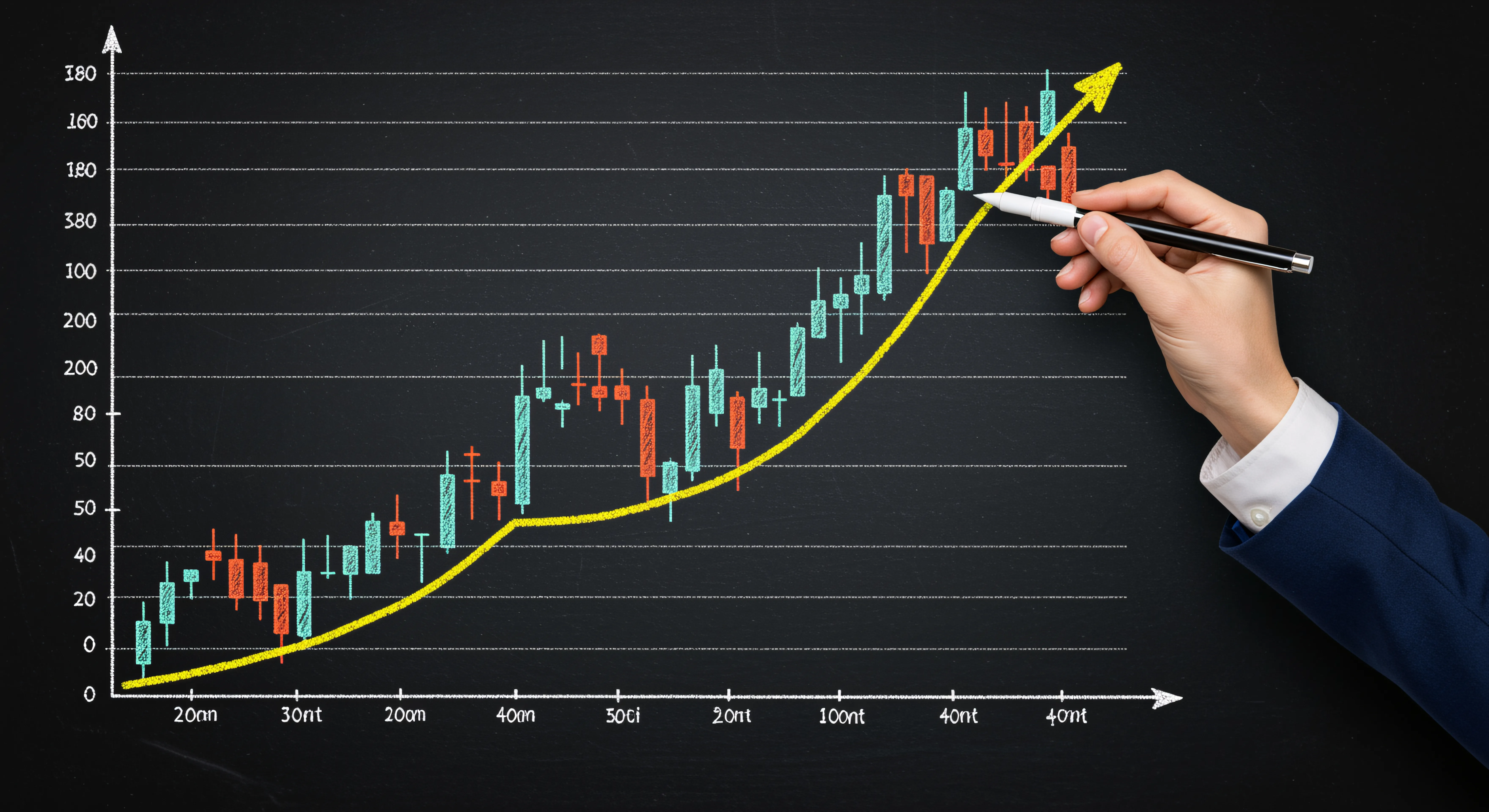What are derivatives? Definition and regulations for mutual funds


A derivative is a financial contract that derives its value from an underlying asset, such as a stock a bond, a commodity etc.
Derivatives are used as investment tools by seasoned traders and investors to hedge risks or speculate on price changes. However, derivatives can also amplify risks if not used prudently, as they are based on expectations of future price movements.
This is why the Securities and Exchange Board of India (SEBI) has set strict guidelines and limits on how mutual funds in India can use derivatives.
Let us take a closer look at what exactly derivatives are and how mutual funds employ them as part of their investment strategies. This article will help you better understand this complex subject and make informed decisions when investing in mutual funds that use derivatives.
- Table of contents
- Understanding derivatives in mutual funds
- Derivative types
- Derivatives uses
- Mutual funds and derivatives
Understanding derivatives in mutual funds
A derivative is a contract between two parties that derives its value from an underlying asset. The underlying asset can be a security like equity shares, debt instruments, currencies, or commodities. The contract allows the parties to buy or sell the asset at a specified price either on a specific future date or within a pre-defined period.
Some common examples of derivatives are futures, options, swaps, and forward rate agreements. They usually do not require any upfront payment and are settled later, depending on the change in the underlying asset’s market price. This is why derivatives are useful tools for speculating on expected future price movements.
Mutual funds employ derivatives like equity index and stock futures and options to hedge risks in their equity portfolios or to benefit from anticipated stock price movements. They may also use derivatives based on bonds and currencies to hedge against interest rate movements and foreign exchange risks. Select debt funds also leverage derivatives to earn higher returns.
Also Read: Forward contracts vs futures contracts - Learn about the key differences
Derivative types
There are four main types of basic derivatives contracts used in financial markets.
- Futures contract - This is an agreement to buy or sell a particular asset at a specified price on a future date. Both parties are obligated to fulfill the contract on expiry. Futures are commonly used to speculate on equity indices, commodities, and currencies based on predictions of where their market prices will head.
- Forwards contract – Similar to futures, but they are customised private agreements traded over the counter. Forwards are contracts to buy or sell an asset at a specified price on a future date. But there is no daily settlement like in futures.
- Options contract – These give the buyer the right but not the obligation to buy or sell the underlying asset at a specific price on or before the expiration date. The seller is obligated to fulfill their side of the agreed contract if the buyer exercises the option. Calls give the right to buy while puts give the right to sell.
- Swaps – These involve exchanging a series of cash flows with another party based on an underlying asset. Swaps help users hedge against risks or speculate based on their view of the underlying's price movement. Interest rate swaps and currency swaps are common forms of derivative swap contracts.
Derivatives uses
There are two broad uses of derivatives – hedging and speculation.
- Hedging – Derivatives allow mutual funds to limit losses in their existing portfolios by reducing certain risks. For example, if a fund manager expects stock prices to fall, they can buy index put options to protect against the downside. Or if they worry about rising interest rates, they can enter rate swaps that pay fixed and receive floating rates. Hedging does not eliminate risks but helps limit their impact.
- Speculation – Derivatives also enable mutual funds to take directional bets where they expect prices of the underlying security or index to rise or fall. For instance, buying call options when they expect share prices to rise or selling futures when they anticipate a fall in commodity prices or the broader index. Speculation carries risks if the price view turns out wrong.
Mutual funds and derivatives
While derivatives offer useful tools for mutual fund managers, they also pose risks if not used properly. To curb excessive speculation in derivatives and prevent systemic risks, SEBI has put in place certain guidelines.
The total exposure related to derivatives for mutual funds cannot exceed a certain amount, and derivatives can only be used for hedging and portfolio balancing purposes. Moreover, mutual funds are required to disclose the details of derivative transactions undertaken as per the formats prescribed by SEBI. These disclosures help improve transparency for investors regarding the fund's derivatives strategies.
Fund managers need to have the necessary skills and experience in derivatives trading. The fund's trustees need to ensure compliance with SEBI guidelines and review the adequacy of risk management measures. Violations can attract penalties.
SEBI has proposed additional measures to tighten derivatives market rules, including the below.
- Recalibrating Market Wide Position Limits (MWPL) for single-stock derivatives.
- Introducing intraday monitoring of MWPL utilisation.
- Implementing pre-open and post-closing sessions for derivatives trading.
Also Read: All you need to know about Alternative Investment Funds
Conclusion
Derivatives are nuanced financial instruments that enhance trading flexibility but also entail risk and require considerable market knowledge. Mutual funds, being professionally managed, give investors access to such trading approaches even if they do not have the required financial expertise. Additionally, there are strict regulations on the use of derivatives trading by mutual funds to mitigate risk and safeguard investor interest.
For individuals investing directly in the stock market, speculation using derivatives can help boost return potential but requires extensive knowledge and monitoring.
As an investor, do your due diligence on the fund house and scheme's investment policy and risk management practices related to derivatives before committing your funds.
FAQs:
What is the derivatives rule for mutual funds?
SEBI restricts traditional mutual funds to using derivatives solely for hedging and portfolio balancing, prohibiting speculative use. Additionally, the total exposure to derivatives
What is the difference between a stock and a derivative?
A stock represents ownership in the underlying company. A derivative is a contract whose value is derived from an underlying security like a stock. Stocks involve ownership rights whereas derivatives do not.
Are derivatives beneficial?
Used prudently, derivatives can offer benefits like hedging risks in a portfolio, speculating on anticipated price movements, and improving portfolio efficiencies. However, unchecked usage of derivatives often amplifies risks. Hence safeguards are beneficial.
Why do funds use derivatives?
Funds may use derivatives for three broad reasons - hedging existing portfolio risks, speculating on expected price movements to enhance returns, and improving portfolio efficiencies through arbitrage and other derivative strategies. But funds need robust risk management practices for the prudent use of derivatives. In the context of mutual funds, derivative use is only allowed for hedging and portfolio balancing, not for speculation.
Mutual Fund investments are subject to market risks, read all scheme-related documents carefully.
This document should not be treated as endorsement of the views/opinions or as investment advice. This document should not be construed as a research report or a recommendation to buy or sell any security. This document is for information purpose only and should not be construed as a promise on minimum returns or safeguard of capital. This document alone is not sufficient and should not be used for the development or implementation of an investment strategy. The recipient should note and understand that the information provided above may not contain all the material aspects relevant for making an investment decision. Investors are advised to consult their own investment advisor before making any investment decision in light of their risk appetite, investment goals and horizon. This information is subject to change without any prior notice.
Mutual Fund Investments are subject to market risks, read all scheme related documents carefully.
This document should not be treated as endorsement of the views / opinions or as an investment advice. This document should not be construed as a research report or a recommendation to buy or sell any security. This document is for information purpose only and should not be construed as a promise on minimum returns or safeguard of capital. This document alone is not sufficient and should not be used for the development or implementation of an investment strategy. The recipient should note and understand that the information provided above may not contain all the material aspects relevant for making an investment decision. Investors are advised to consult their own investment advisor before making any investment decision in light of their risk appetite, investment goals and horizon. This information is subject to change without any prior notice.